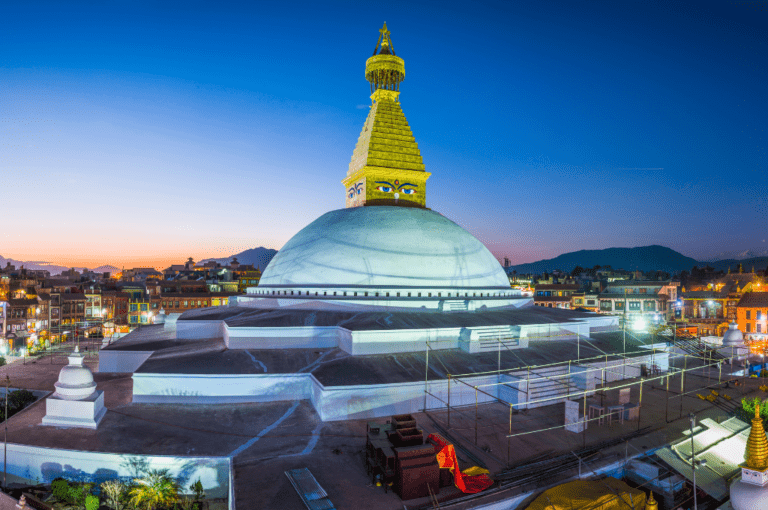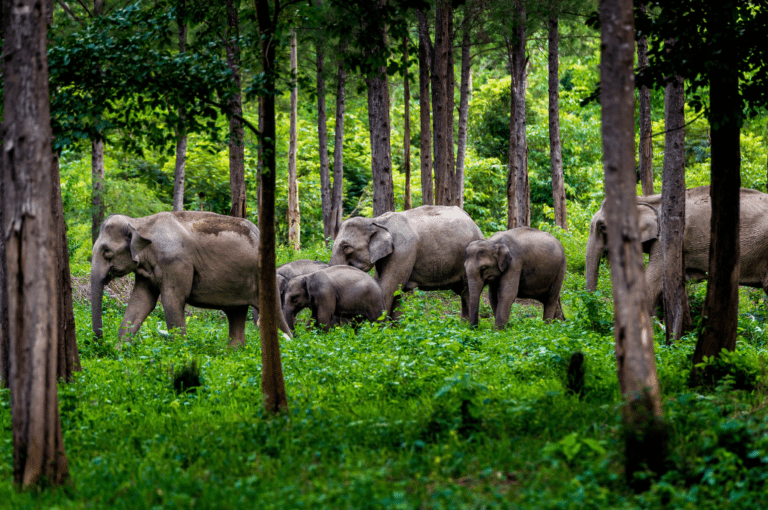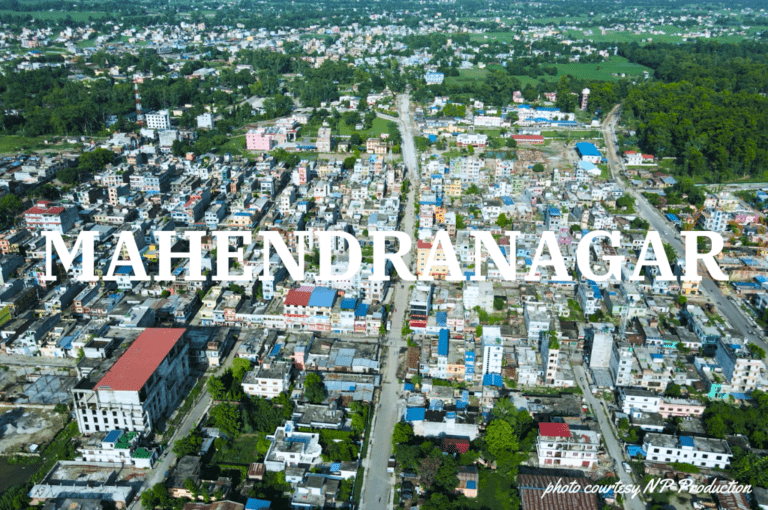Lumbini is the most important spiritual site and the main cultural and historical attraction for Buddhist pilgrims from all around the globe. Thousands of tourists are visiting the Lumbini for various purposes including Historical exploration, Archeological hunting, and Educational knowledge. It is one of the spectacular tourist destinations in Nepal. And is the central attraction for Buddhist followers all around the world. In the year 1997, the United Nations Educational, Scientific and Cultural Organization (UNESCO) selected the place as a World Heritage Site.
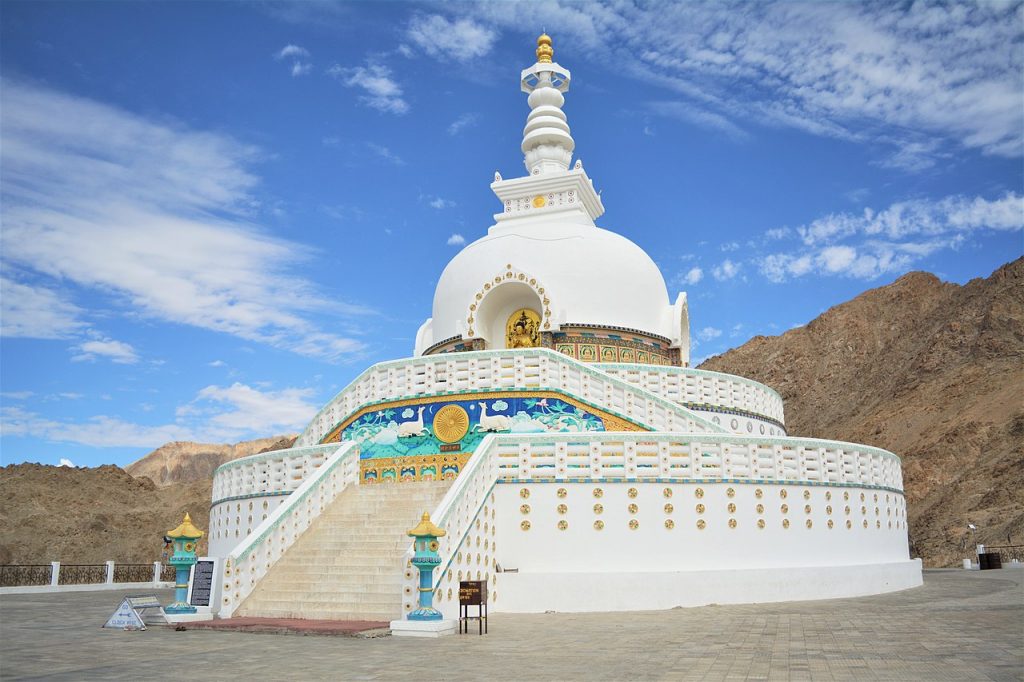
Lumbini, located in present-day Nepal, is considered the birthplace of the Buddha, one of the most important figures in the history of Buddhism. The site has been a place of pilgrimage for Buddhists for centuries, and in recent years, it has become a major tourist destination for people interested in Buddhism and the life of the Buddha. In this blog post, we will explore the history of Lumbini, the significance of the site, and what visitors can expect to see when they visit.
The history of Lumbini
The Buddha, whose original name was Siddhartha Gautama, was born in Lumbini in 563 BCE. According to traditional accounts, his mother, Queen Maya Devi, was on her way to her family home in Devadaha when she went into labor. She stopped in Lumbini, where she gave birth to the Buddha under a tree known as the “Bodhi Tree.”
After his birth, the Buddha was raised in Kapilavastu, a nearby city, but he is said to have returned to Lumbini as an adult. He is also believed to have visited the site several times during his lifetime.
The site of Lumbini was rediscovered in 1896 by the Nepalese archaeologist Khadga Shamsher Rana. He found an inscription on a stone pillar erected by the Indian emperor Ashoka, who visited the site in 249 BCE. The inscription confirmed the location of the birthplace and also mentioned the construction of a temple and a park by Ashoka at the site.
The significance of Lumbini

Lumbini is considered one of the most important pilgrimage sites for Buddhists. It is believed that visiting the site can bring spiritual benefits and help to purify the mind. It is also believed that a visit to the site can bring blessings and good fortune.
For many Buddhists, visiting Lumbini is a way to connect with the Buddha and gain a deeper understanding of his teachings. The site is also believed to have a special energy, known as “buddha-field,” that can help to promote spiritual growth and development.
In addition to its religious significance, Lumbini is also an important historical site. It is the only place where the actual birthplace of the Buddha can be verified, and it is also the only site where the Buddha is known to have spent the first 29 years of his life.
What to see at Lumbini
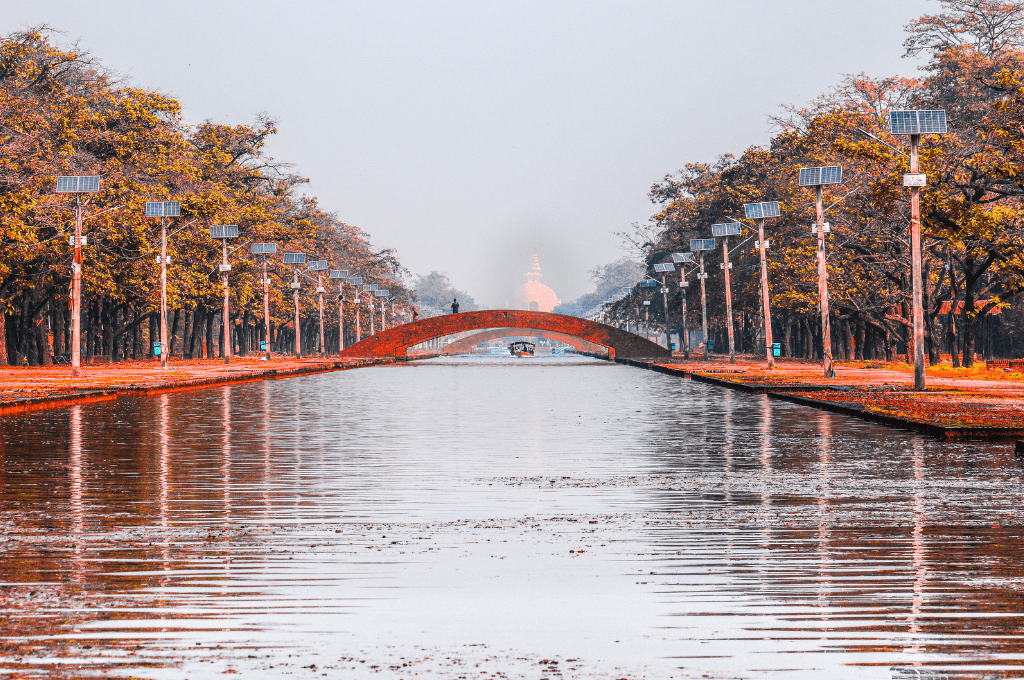
The main attraction of Lumbini is the Sacred Garden, which contains the Ashoka pillar and the Mayadevi Temple, which marks the exact spot of the Buddha’s birth. The Mayadevi Temple is a beautiful brick structure that dates back to the 3rd century BCE.
Inside the temple, there is a stone sculpture of Queen Maya Devi holding the Buddha, as well as a small pool where it is believed that the Buddha was bathed after his birth.
In addition to the Sacred Garden, visitors can also see the Lumbini Museum, which contains a collection of artefacts and artwork related to the Buddha and Buddhism. The museum is a great place to learn more about the history and culture of the area.
Other notable sites at Lumbini include the World Peace Pagoda, a large white stupa that was built by Japanese Buddhists in 2001, and the Monastic Zone, an area where visitors can see various monasteries and temples built by different countries.
Lumbini has a number of older as well as various newer temples. The oldest Mayadevi temple is an ancient Buddhist temple in the area. The temple is the main temple at Lumbini, which stands adjacent to a sacred pool known as Puskarni and a garden. Buddhist organizations from various countries have built a much newer temple and some are still under construction. There are many monuments, monasteries, and museums, and the Lumbini International Research Institute is also within the world-famous site. Tourists can visit over twenty-five Buddhist religious houses built by diverse countries from Vietnam to France. Where tourists can study Buddhism, and meditate to make their minds and souls feel calm and peaceful.
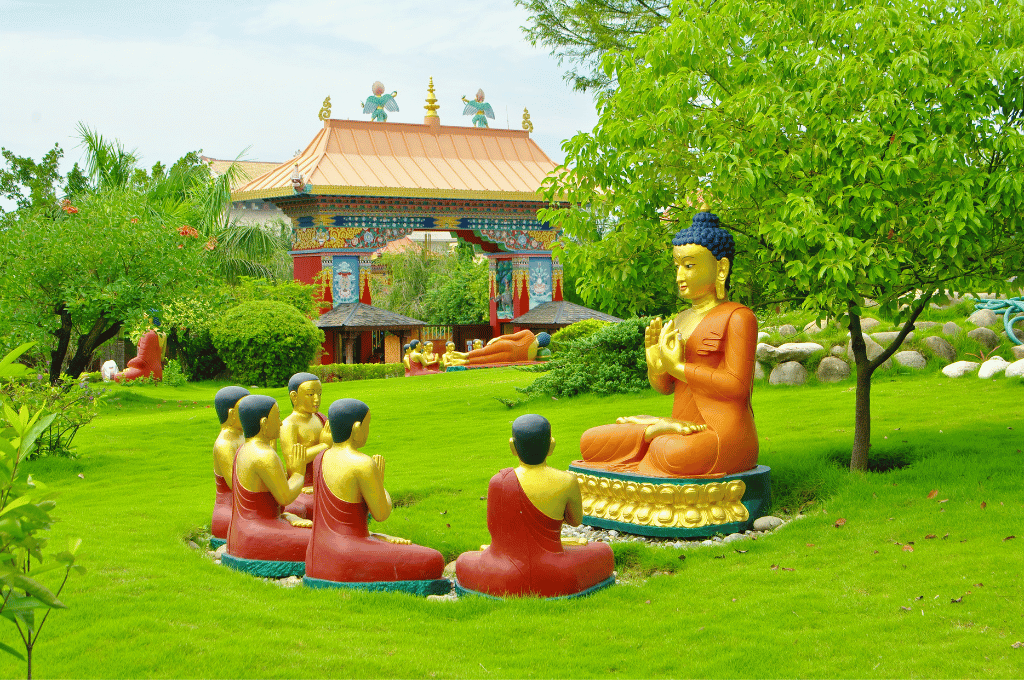
Research and studies by Archeologists have identified the exact spot where Lord Buddha was born. Inscriptions on the Ashoka Pillar refer to the spot as Lord Buddha’s birthplace. The Ashoka Pillar was built by the great Indian Emperor Ashoka. It is believed that the newly born Prince Siddharth, who later became the almighty Buddha, took his first seven steps and delivered his piece of a message to humanity. Tourists can observe the seven footsteps of little Buddha there.
The tourist destination is remarkably beautiful as there are many monasteries, which are built by countries such as China, Japan, Sri Lanka, Myanmar, Germany, France and many more.

Present-day, Lumbini is 4.8 kilometres in length and 1.6 kilometres in width, such that the area becomes 7.68 square kilometres. In the holy site of Lumbini, only monasteries can be built. There is no permission to build any of the shops, departmental houses or stores, hotels or restaurants. The monastic zone is separated by a long water canal into an eastern and western one. The eastern monastic zone has Theravadin monasteries and the western has Mahayana and Vajrayana monasteries.

